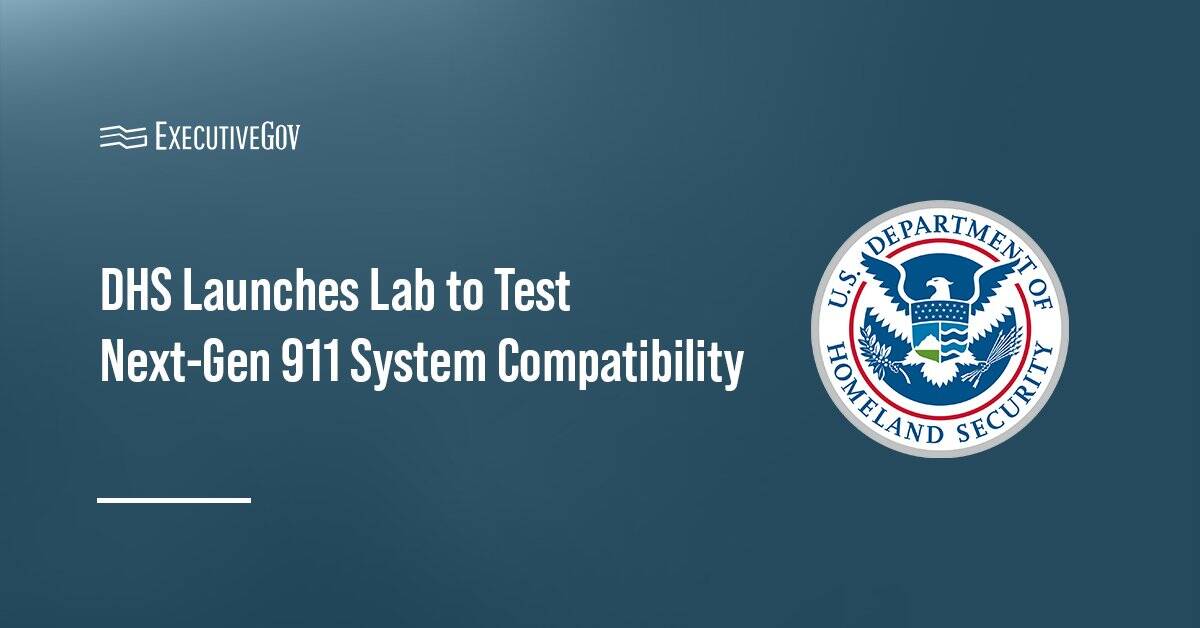The Department of Homeland Security’s Science and Technology Directorate has established a new laboratory to ensure Next Generation 911 systems work seamlessly across jurisdictions and technology providers, Federal News Network reported. The initiative aims to prevent communication breakdowns as states and localities transition from analog infrastructure to modern, internet protocol-based emergency networks.

On Nov. 12, Potomac Officers Club’s 2025 Homeland Security Summit will unite top leaders from government, industry and law enforcement to address the country’s most urgent security challenges, from AI integration to border innovation and supply chain resilience. Register now to gain exclusive insights from DHS, CISA and homeland security experts shaping America’s defense strategy.
Table of Contents
Ensuring Interoperability Before Deployment
The new lab allows vendors to remotely test their NG911 technologies for interoperability before rollout. The facility builds on DHS’ existing public safety radio testing program and uses open-source tools that vendors can download, run and analyze to confirm their systems meet compatibility standards.
“What we don’t want to do is have an interoperability chasm upon deployment,” said Sridhar Kowdley, technology manager for S&T’s communications and networking technology center. “We want to solve those issues during the [research and development] and the implementation point.”
The lab recently demonstrated a 911 video call. The next-generation system is expected to be faster and more resilient, enabling voice, photos, videos and text messages to reach call centers over a digital network. Kowdley said more test cases are planned before a formal certification process begins.
Kowdley noted that the transition to NG911 involves significant integration challenges, including connections to computer-aided dispatch systems and next-generation core services. The laboratory’s early efforts, he said, are focused on reducing technical barriers and identifying potential data and interoperability gaps before deployment.
5G and 6G Technologies
DHS S&T is exploring how 5G wireless networks can enhance emergency response through faster data transfer, artificial intelligence and Internet of Things capabilities. The directorate is assessing secure, cost-effective ways to apply 5G across diverse DHS operations, from border security to airport management.
S&T is also participating in early discussions around sixth-generation standards. “Generally, 6G is developed for consumers,” Kowdley said. “It’s not driven for homeland security applications or Department of Defense. So all of the federal agencies are getting together to work on 6G.”





